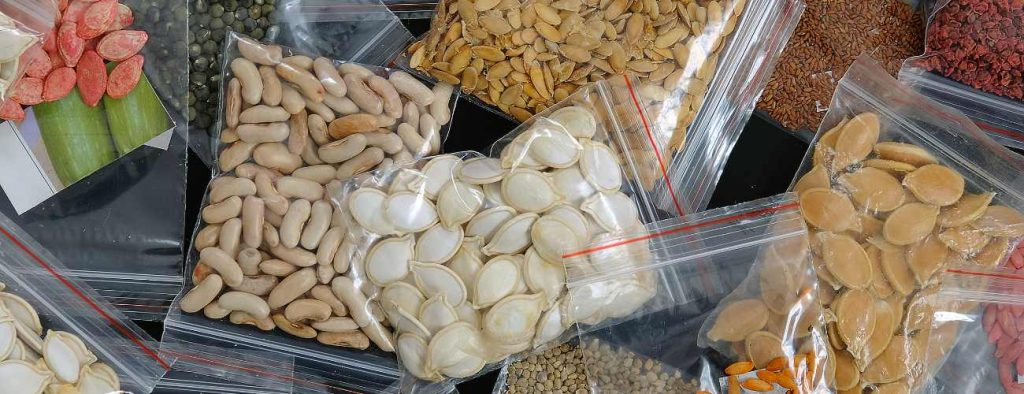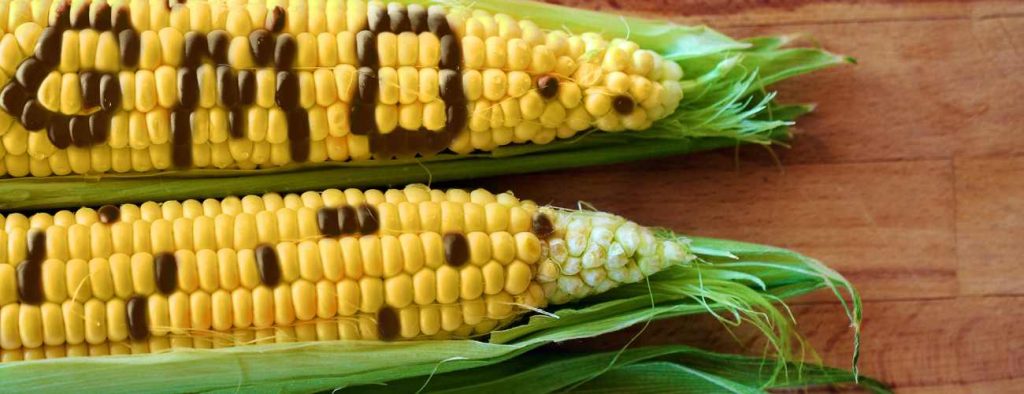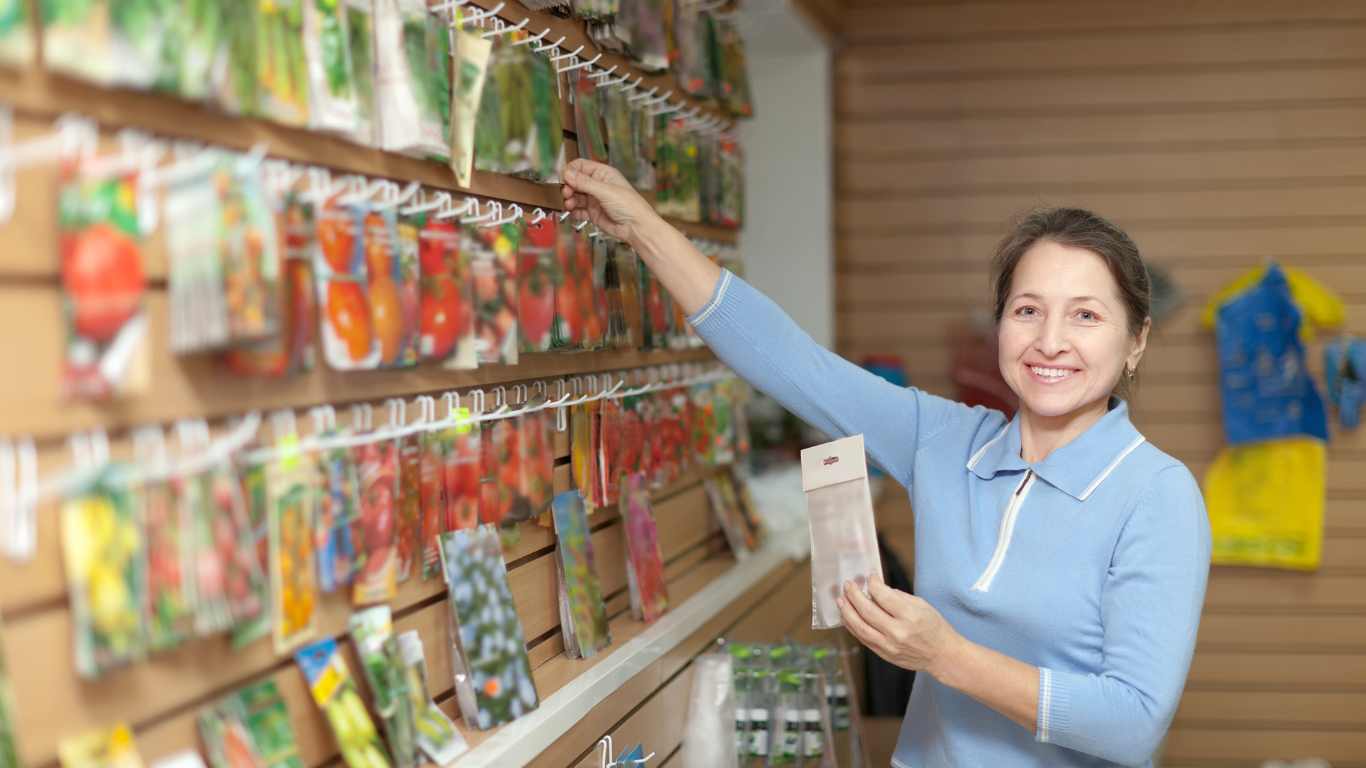If you’re delving into the world of growing your own produce from seeds, ensuring you have the best quality is undoubtedly a priority. But what about terms like heirloom, organic, or GMO seeds that might be leaving you a bit puzzled? Don’t worry, I have this covered – you’ve just landed in the right spot!
Heirloom seeds come from traditional open-pollinated plants, passed down through generations for their unique traits. Organic seeds are cultivated without synthetic pesticides or fertilisers, promoting natural methods. GMO seeds involve genetic engineering for specific traits, often in high-yield agriculture.
Keep reading as I am going to dive into each of these types of seeds and different growing methods in more detail.
Heirloom vs Organic Seeds
Heirloom seeds are a type of seed and they are like the history keepers of the plant world. They’re incredibly old seeds that, when planted, grow into plants that are exactly like their parent. So, if you plant an heirloom tomato seed, you’ll get tomatoes just like the original—same taste, same look. The cool thing is, you can save these seeds and use them again.
However, there’s a little trade-off. Heirloom seeds haven’t been actively tweaked or improved over the years. They’re like a snapshot from the past, capturing the characteristics of that particular plant at that specific time. While this means you get to experience the authentic traits of a certain variety, it also means you’re not benefiting from the advancements and improvements that modern plant breeding might bring. It’s a bit like having a vintage car; it’s got that classic charm, but you might miss out on some of the fancy new features.
Contrary to popular belief, “organic seeds” isn’t a distinct seed variety. It’s more about the journey these seeds undertake, much like a plant’s own adventure.
Certification is the key player here. When a seed is labelled organic, it means it has grown up in an environment where only organic procedures are in play. It’s like having a certification stamp that guarantees a certain set of rules have been followed during its cultivation.
Organic farming is a bit like going back to the basics. It involves using fewer synthetic pesticides and fertilisers, letting the soil breathe, and encouraging a more natural ecosystem. Here’s the interesting part: in this organic game, only the fittest survive. The plants that withstand the challenges become the organic champions.
I prefer a combination of both heirloom types of organically grown seed. It is just a perfect combination for a great quality product.

Organic seeds are special because they’re grown without man-made pesticides or fertilizers, showing a commitment to eco-friendly farming.
On the other hand, genetically modified organisms (GMOs) go through a scientific process where genes are moved between species. This gene modification aims to give crops specific traits like resistance to pests or higher yields.
GMO technology uses advanced methods like gene splicing to precisely adjust plant genes. This helps tackle farming challenges and make crop production more efficient. Genetically modified crops can be designed to resist pests, tolerate herbicides, or have better nutritional content.
While GMOs are widely used in commercial farming, they aren’t as easily found in shops for home gardeners. Most seeds available for home gardening are non-GMO.
I think the absence of GMOs in seed options is because people like the traditional, non-modified varieties. Home gardeners often choose seeds that have been naturally bred, supporting plant diversity without genetic changes. This choice connects to the bigger conversation about the pros and cons of genetically modified organisms in farming.
However, it’s crucial to remember that opinions on GMOs can differ, and not everyone who grows plants at home sees things the same way.

Organic vs Conventional Seeds
Traditional farming, unlike organic farming, uses modern technology. It includes things like man-made chemicals, genetically modified organisms (GMOs), and machines to get the most crops. While these methods often give us more food, they also make people worry about the environment, the soil getting worse, and chemicals staying in the food we eat.
Deciding between organic and traditional farming isn’t just about what happens in the field. It’s also about the values of the person farming. Organic farming likes to take a natural, nature-focused approach, caring a lot about keeping things sustainable and making sure ecosystems stay healthy. Traditional farming, on the other hand, is more about being efficient and big, using new methods to meet the needs of a growing population.
In the end, the choice depends on what’s important to each person, how much they care about the environment, and what they want in the food they eat. Whether someone goes for organic farming or sticks with traditional methods, both ways have a part in how agriculture looks and the food we have on our tables. If you would like to learn more about organic and conventional seeds, I recommend you to read my blog on this topic which goes into a lot of details.
I have recently learnt when looking for organic farms to purchase meat from that most farmers are using conventional methods of farming in the UK. There are sadly, not that many farms which have an organic certification.
Heirloom vs Hybrid Seeds
A good alternative for heirloom seeds are Hybrid seeds depending on your preference. These seeds are like nature’s mixologists—cross-pollinated to create new and interesting combinations. The catch? When you plant them, it’s a bit of a surprise. You won’t get the exact same plant as the parent; it’s a genetic gamble.
Saving hybrid seeds isn’t a bad thing; it’s just that the next generation might not be a mirror image. When you see “F1” on the seed packet, it means first generation. This is where things get interesting. You’re in the hands of the seed company for F1; it’s their secret sauce of carefully matched parent plants.
But here’s the twist: if you save F1 seeds and plant them next year (F2), things might look a bit different. The characteristics could shuffle, and by F3, you’ve got a unique batch of plants. It’s like a genetic journey, and sometimes, you stumble upon gems—like tomatoes that resist pests. So, while heirlooms capture the past, hybrids are the pioneers of the plant world, offering surprises and innovations along the way. It’s all about finding the right fit for your gardening journey!
If you are already growing your own produce, a seed saving is a great option for you. Check out my blog on seed saving to learn more!
Hopefully, this blog clarified the differences between all these potentially confusing seed terms! As you peruse the seed aisle, consider what aligns with your values and the story you want your garden to tell. Whether you opt for timeless heirlooms, or intriguing hybrids, grown organically, or conventionally, your decision influences the future harvest in your garden. Happy planting!”



